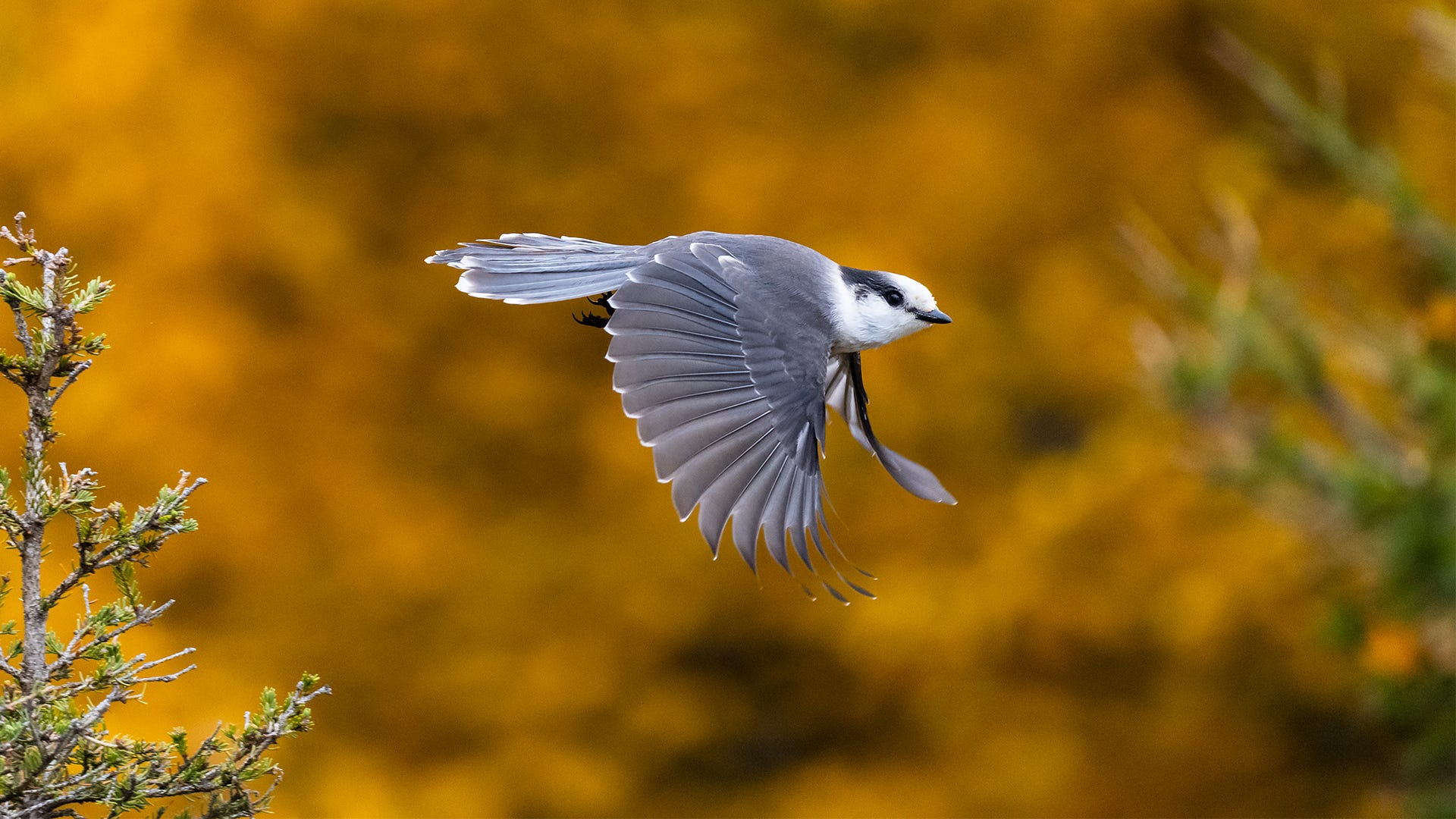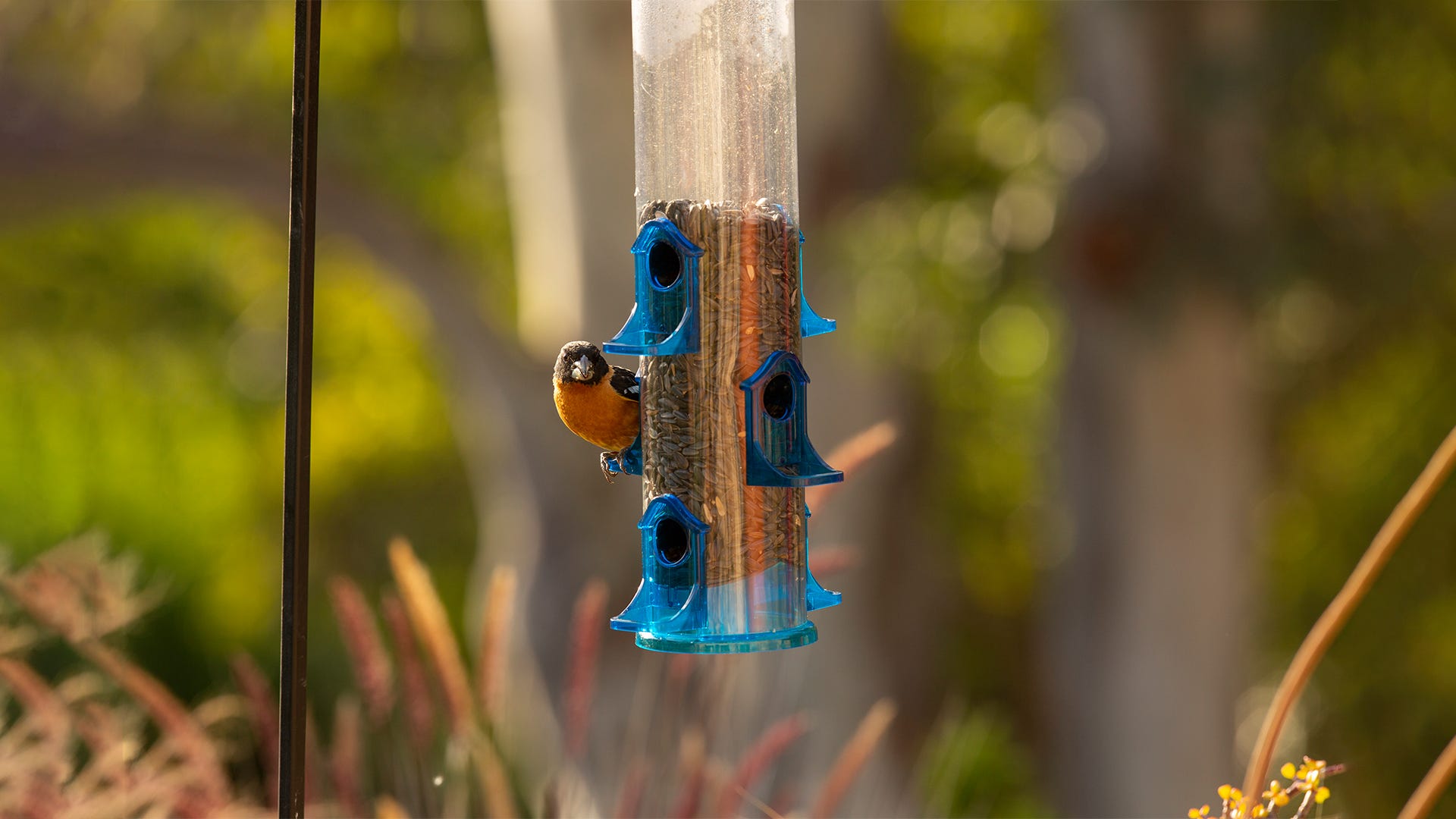Fall migration is one of the most perilous stages in the life cycle of birds. It’s an intense energy expending time. Ornithologists believe that the overall loss of stopover habitats is one of the most significant contributing factors to the decline in populations of many migratory bird species. By making your backyard a stopover site for migrating birds, you can do your part to help them during their long journeys.
The Long Harsh Journey
Oftentimes, birds are exhausted after a long flight, particularly after flying across a large body of water. The Gulf of Mexico is a common crossover. It’s not uncommon to meet with rough weather systems and harsh terrain. Birds can also be pushed off course during storms. While in flight, they must determine the best place to land for sustenance and rest. If they cannot find the food, water, and shelter they need, they might be forced to travel further in an energy depleted state.

What is a Stopover Site?
Backyard birdwatchers can help migratory birds during fall migration by making their backyard a stopover site. A stopover site is crucial to sustaining the migratory birds’ long-distance travels.
A stopover site could be compared to a rest stop for travelers on a long-distance car trip. It serves as a quick spot to rest and refuel. Just as a rest stop gives a long distance driver the fuel they need to continue on their journey, a stopover enables the migratory bird the chance to rest in a sheltered spot, access water, and eat to store the necessary fat needed to continue to their winter homes.
Birds will not stop just anywhere. They are seeking a habitat that provides temporary shelter to rest, as well as water to drink and bathe. Fuel in the form of oil and fat rich seeds, nectar producing plants, and insects is also vital. Some migratory birds need to double their body weight through fat stores to continue flying thousands of miles across continents and large bodies of water. Without these crucial stopover sites, migratory birds perish during migration.

How You Can Help Migrating Birds
Backyard birdwatchers can do a few simple things to help make a migratory bird’s
journey safe. Helping migratory birds reach their winter homes helps increase the number of birds that will return
in the spring.
Create Low-Lying Landscapes
It’s the opposite of what many gardeners do during the fall cleanup season, but crucial for attracting migrating birds to your backyard. Leave natural roughage plants in place, add a few brush piles, and leave weed seed plants around. Ground feeding environments attract birds that don’t seek hanging food sources.

Clean and Continue Feeding
During the fall cleanup season, many gardeners pack away yard décor, feeders, and furnishings. Forget that when it comes to bird feeders. Clean out your feeders and hang them back up. Feeders are vital during fall, especially for birds who eat insects, which begin to decline during fall migration.
Provide Variety in Food
Use your feeders to provide migrating birds a variety of foods, like millet blends. Not only is it important to provide fresh food for migrating birds on a stopover, but providing a variety is key. Besides millet blends, provide high-energy, high fat foods. Sunflower hearts provide protein, vitamins, and minerals for healthy muscles and weight gain—critical during fall migration. Peanuts provide calories and energy as well. Suet is a high-energy food for energy and weight gain and can be hung in suet feeders. Hempseed is high in oil, protein, and fat, which helps birds gain needed weight. Lastly, fresh fruit is an ideal source of essential sugars and minerals which gives migrating birds the energy they need for long distance travel.
See also: Jump-Start Birds’ Journeys with a Migration-Ready Yard
Provide Variety in Food
Use your feeders to provide migrating birds a variety of foods, like millet blends. Not only is it important to provide fresh food for migrating birds on a stopover, but providing a variety is key. Besides millet blends, provide high-energy, high fat foods. Sunflower hearts provide protein, vitamins, and minerals for healthy muscles and weight gain—critical during fall migration. Peanuts provide calories and energy as well. Suet is a high-energy food for energy and weight gain and can be hung in suet feeders. Hempseed is high in oil, protein, and fat, which helps birds gain needed weight. Lastly, fresh fruit is an ideal source of essential sugars and minerals which gives migrating birds the energy they need for long distance travel.
See also: 8 Things You Should Know Before Installing a BirdbathConsider Bird Safety
Basic safety will go a long way for the migratory birds at your stopover site. Keep cats indoors to lessen the chance of vulnerable migratory birds being preyed upon. Use UV reflective decals on your windows so that sunlight will not reflect and disturb birds’ vision during flying. Hang feeders away from windows so that any reflecting light doesn’t confuse them when seeking food. Because many birds migrate at night, close your curtains so the lights inside your house doesn’t disturb or disorient them during flying.
Though backyard birdwatchers may worry that the flurry of bird activity in their yard has come to a standstill by summer’s end, that couldn’t be further from the truth. As fall migration begins in late August, your backyard can continue to be a hub of activity. Simply make your backyard a stopover site for fall’s migrating birds.








